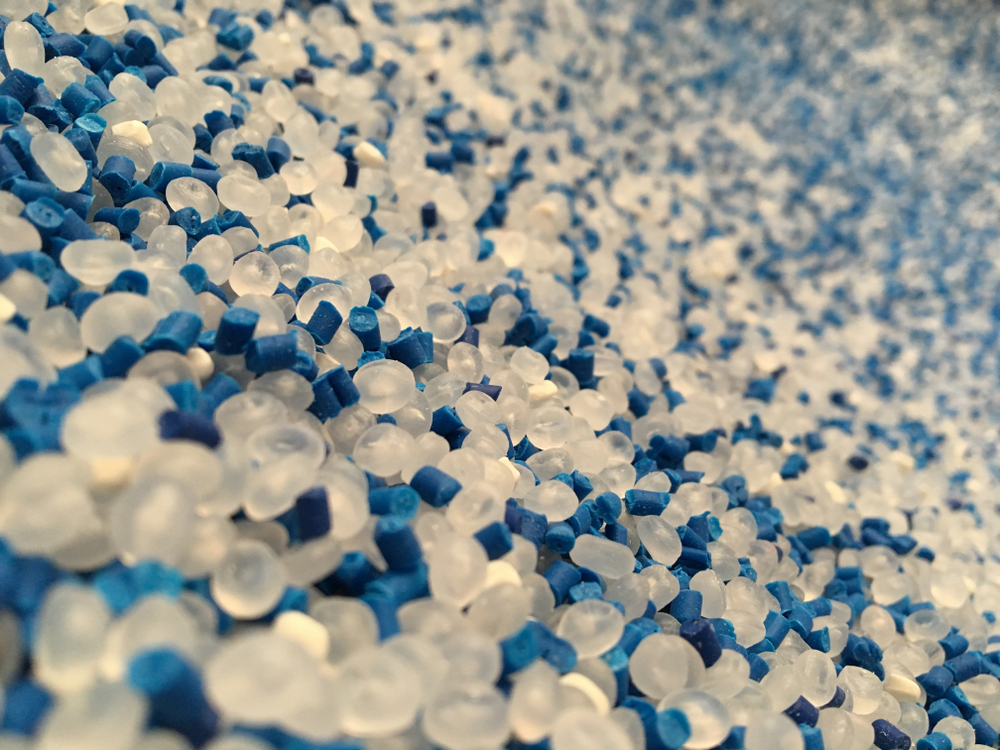
Sustainable plastics: types, applications & Challe...
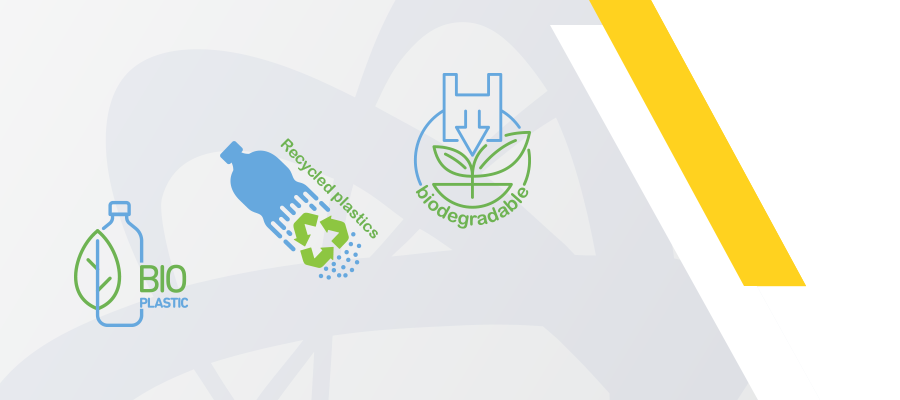
Did you know that 49% of consumers are paying more attention to sustainable plastics and sustainable packaging in 2023?
Consumers are willing to pay even more money to buy sustainable plastic products. Stick around to find all the secrets behind "sustainable plastics."
Here are the most important questions that might go through your head:
-
What are sustainable plastics & do sustainable plastics matter?
-
Is there a significant difference between ordinary plastics & sustainable plastics?
-
How can we make polymers more sustainable?
-
What are the types of sustainable plastic & which types are the most sustainable?
-
What are the applications of sustainable plastics?
-
What are the main challenges facing sustainable plastics?
-
Are sustainable plastics recyclable?
-
How can we map out a sustainable plastic future?
1- What are sustainable plastics & do sustainable plastics matter?
We all see that plastic is everywhere, and it's not disappearing. So, recognizing that "plastic is a constant," we're finding ways to make it better for the Earth.
The global movement to eliminate single use plastics has produced unique business challenges. It also produces the potential for sustainable, bio-based, and biodegradable polymers.
These sustainable plastics serve as a platform for change, providing a bridge between consumer needs and environmental responsibility.
Consumers and authorities are driving the global shift towards sustainable plastics. This pushes producers to adopt innovative materials in a variety of industries and applications.
This led us to identify sustainable plastics; sustainable polymers are materials that don’t damage our health and our environment. This also supports the circular economy.
These types of plastics use renewable feedstocks, have small carbon footprints, and use less water and energy in production processes.
2- Is there a significant difference between ordinary plastics & sustainable plastics?
When it comes to ordinary polymers, manufacturers convert petroleum and natural gas into chemicals to create monomers. Then, they made them into plastic products.
Regarding sustainable plastics, manufacturers use water and carbon dioxide to grow plants. These plants are processed to create polymers. Some kinds of these sustainable polymers can be recycled.
3- How can we make polymers more sustainable?
Through the increasing awareness of plastic's effect on the environment and plastic pollution, the plastic industry now has a strong commitment to adopting sustainable solutions.
We can create more flexible plastics that can enhance technological innovation. There are many unexplored solutions, such as new recycling techniques such as chemical recycling.
Renewable energy is another key solution to producing more sustainable plastics. Moreover, plastic waste can be a valuable resource; for instance, the increasing initiatives to use refillable products
4- What are the types of sustainable plastic?
There are many types of eco-friendly plastics, but we can categorize them into three main categories:
- Bioplastics:
This type of plastic is created with renewable resources such as plant-based materials (Corn, sugarcane, and potatoes).
For instance, PLA is made from corn and emits 25% less emissions.
- Recycled plastics:
These plastics are created by recycling post-consumer plastics. Some of these materials are circular, such as PET (Polyethylene Terephthalate), so we can return them as rPET bottles.
The other materials are downcycled, such as HDPE (high-density polyethylene). We can transfer HDPE grocery bags into park benches.
- Biodegradable plastics:
They are plastics made from non-renewable petroleum chemicals. Partially or completely. They contain chemical additives that decompose because of light, moisture, heat, or oxygen.
There are many examples of Biodegradable plastics, such as PBAT and PBS. These petroleum-based materials are used in films, paper cups, and products’ packaging.
5- What are the applications of sustainable plastics?
1- Bioplastics Applications:
They can be used to manufacture the following applications: shopping bags, Toys, coffee pods, automotive parts, and sanitary napkins.
2- Recycled plastics:
Plastic furniture, beverage bottles, plastic dustbins, trash bags, toothbrushes. All these applications are made of recycled plastics.
3- Biodegradable plastics:
This type of plastic is commonly used to manufacture disposable items such as food containers, cutlery, and packaging. They are also used to manufacture medical products such as
plasma replacements.
6- What are the main challenges facing sustainable plastics?
There are many challenges that can shape the future of the plastic industry. Here are some of them:
- Efficient recycling process:
Closing the loop on plastic recycling can be an interesting solution. This process is summarized by separating composites into pure polymers. The second step is applying chemical recycling to break polymers down into small molecules that we can use separately.
- Plastic degradation control:
If we need to develop plastic products efficiently, we need to understand plastic degradation processes. We must develop recyclable and environmentally degradable products. They can be degraded into biochemicals.
- Understand plastics' life cycle:
To improve plastic sustainability, we need to better understand more technologies and assessment techniques. We need to rediscover raw materials and plastic manufacturing. Then we’ll have the ability to explore new recycling processes and understand the impact of plastics on the environment.
- Creating sustainable plastics:
We must design new sustainable materials that can keep up with the circular economy. With the help of innovative technologies, we can create polymer structures that can be manufactured, processed, and recycled with the least negative environmental impact.
7- How can we map out a sustainable plastic future?
As we all strive for a greener world, sustainable plastics production is on the rise as producers, designers and manufacturers seek alternatives to traditional petroleum-based plastics.
Innovative materials made with renewable or recycled materials can replace traditional plastics, producing high-quality, cost-competitive products with a lighter environmental footprint.
While there is no 100% sustainable plastic, improvements can positively impact the environment and enhance the prospect of a sustainable future.
Bioplastics are examples of these materials, which address consumer demand for environmentally friendly products.
Partnering with perfect recycled materials partners such as GAP Polymers ensures product success, making plastics safer, perform better, and last longer.
Contact Us Now For Further Details!
Suggested Blogs

Exclusive vs. Non-exclusive Distributor
GAP Polymers Team
Have you ever wanted to know the difference between the exclusive and the non-exclusive polymer distributers, GAP polymers will help you to know the main differences between them.

An Overview of Polypropylene Thermoforming Process
GAP Polymers Team
PP is the second most popular plastic resin in the world used across many industries. Thermoforming PP has become a process of choice for many manufactures due to its versatility low cost , and more.

Weekly Plastic News & Resins Pricing
GAP Polymers Team
A weekly coverage of all you need to know about the international plastic industry including resin pricing, trends, market insights, and more.
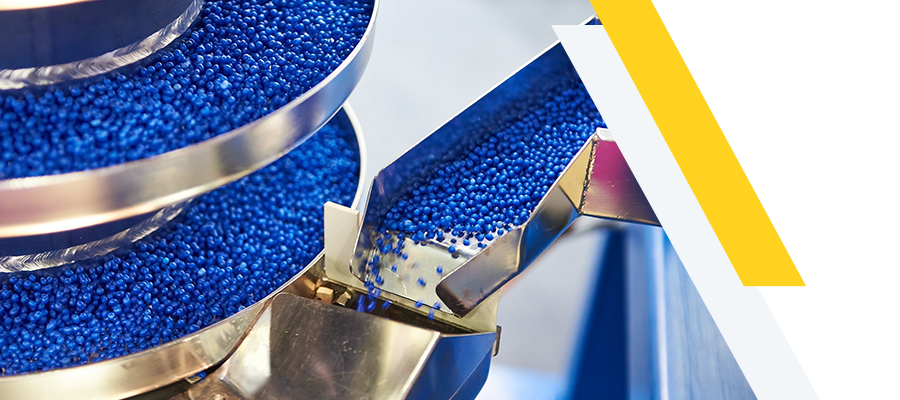
A Deeper Look Into Plastic Manufacturing Industry
GAP Polymers Team
Keep up with the rapid changes of the plastic manufacturing industry and dive deep into what shapes the polymer industry and how to choose the best raw material supplier for your business.
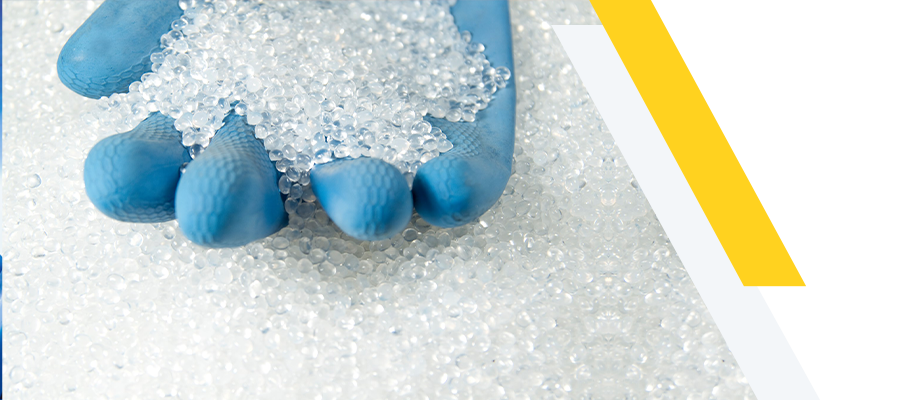
Polymer Industry Updates: What's coming up in 2023?
GAP Polymers Team
2023 is a critical year in the polymer industry at all levels. Global polymers market size is expected to grow finally after the economic recovery from the pandemic.
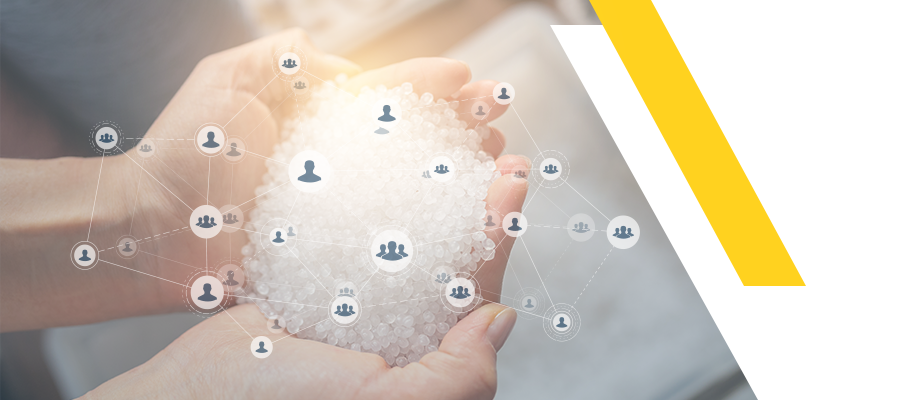
Top Plastic Raw Material Suppliers
GAP Polymers Team
The polymer industry is facing continues challenges and choosing the best supplier is getting harder. Look no further and explore the full list of the top plastic raw material suppliers.